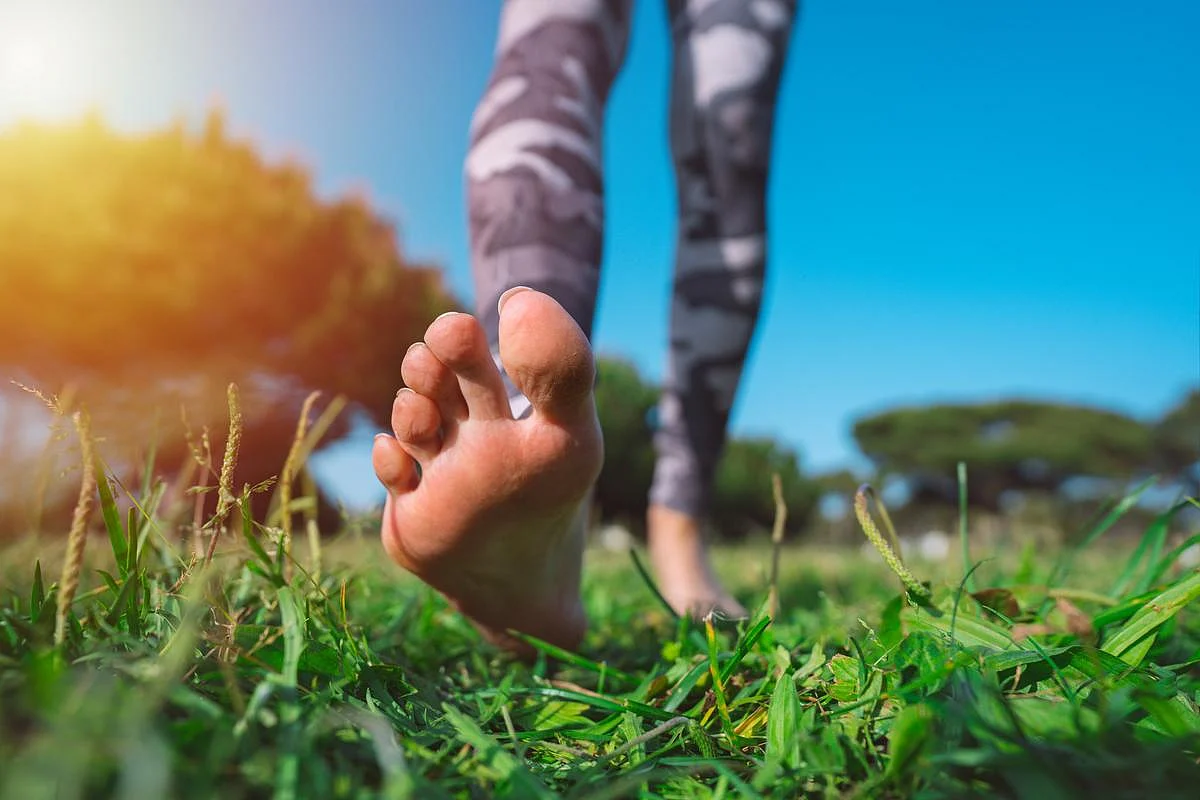Get Healthy!

- Posted August 22, 2025
Green Spaces Provided Pandemic Protection Against Depression, Study Says
Local parks and neighborhood greenery protected people’s mental health from the stresses of the COVID-19 pandemic, a new study says.
Overall, depression increased nearly two-fold during the pandemic, with both men and women more frequently diagnosed, researchers said.
But middle-aged adults and seniors had a reduced risk of depression if they lived in greener neighborhoods, Canadian researchers reported Aug. 20 in the journal PLOS One.
What’s more, the greener a person’s neighborhood, the lower their risk for depression, researchers found.
“Urban greenery wasn’t just a backdrop — it played a protective mental health role in one of the most stressful global events in recent history,” said lead researcher Paul Villeneuve, a professor of neuroscience at Carleton University in Ottawa.
For the study, researchers analyzed mental health data from more than 13,000 urban-dwelling participants in a Canadian study on aging.
The team compared that data to the amount of green space located near each participant's home, based on satellite imagery.
The protective effects of green space were particularly pronounced among people with less financial means, researchers found.
“Our findings suggest that green spaces may have played a modest, yet meaningful, role in supporting the mental well-being of lower-income Canadians during the pandemic, offering some relief amid deepening socio-economic inequities,” researcher Susanna Abraham Cottagiri, a doctoral candidate at Queen’s University in Ottawa, said in a news release.
People with mobility challenges also benefitted from living in greener neighborhoods, researchers said.
“When mobility is limited, the greenery right outside your door may play a particularly important role in supporting mental health and well-being,” researcher Ying Jiang, a senior epidemiologist at the Public Health Agency of Canada, said in a news release.
Likewise, folks who rarely ventured beyond their own home prior to the pandemic saw a greater protective effect, researchers found. The less one ventured out before the pandemic, the greater the positive impact of greenery in one’s neighborhood.
“It appears that the psychological value of green space may increase when social connections are restricted,” researcher Margaret de Groh, a scientific manager with the Public Health Agency of Canada, said in a news release.
The results show that the mental health benefits of green spaces are not fully appreciated, researchers concluded.
“There is a need to expand equitable access to green space, particularly in lower-income neighborhoods, to protect and preserve local greenery, even during public health emergencies, and to integrate green infrastructure into mental health resilience strategies,” said senior researcher Esme Fuller-Thomson in a news release. She’s director of the Institute for Life Course & Aging at the University of Toronto.
More information
Harvard Medical School has more on the health benefits of green spaces.
SOURCE: University of Toronto, news release, Aug. 20, 2025
